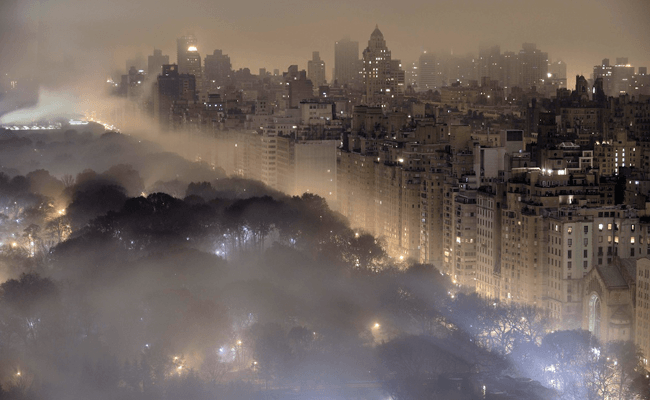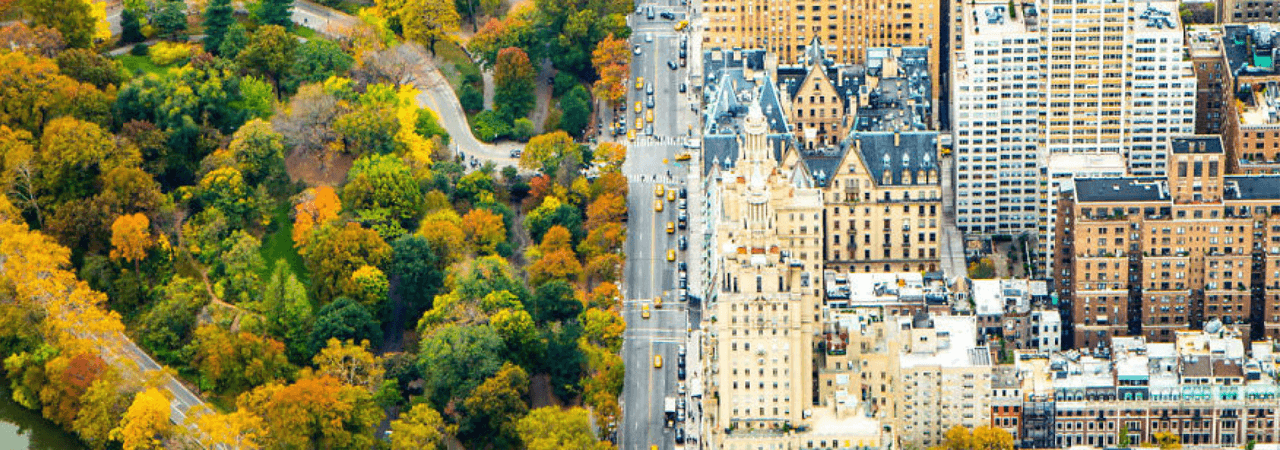What if we would split the world in half? Not literally of course, but set aside half of the Earth’s nature. Renowned biologist E.O. Wilson made this radical proposal in his new book, Half-Earth: Our Planet’s Fight for Life. His bold statement strongly underlines the problematic decline of biodiversity caused by the rapid loss of the natural habitat for countless species.
“Even in the best scenarios of conventional conservation practice the losses [of biodiversity] should be considered unacceptable by civilized peoples” Wilson writes. But why half the Earth, besides that it is a conveniently simple ratio? “The principal cause of extinction is habitat loss. With a decrease of habitat, the sustainable number of species in it drops by (roughly) the fourth root of the habitable area” Wilson explains to The Guardian. According to the species-area curve equation, we maintain 80% of the biodiversity when half of the planet is preserved. Currently, the percentage of protected areas is only 15,4% of terrestrial area. Of the oceans only the 3,4% is protected.

However, his radical plan has not been received without critics. Robert Fletcher and Bram Büscher, both social scientists at Wageningen University in the Netherlands, are not taking it lightly. “For all his zeal, (misplaced) righteousness and passion, his vision is disturbing and dangerous” they write. “It would entail forcibly herding a drastically reduced human population into increasingly crowded urban areas to be managed in oppressively technocratic ways. How such a global program of conservation Lebensraum would be accomplished is left to the reader’s imagination.”
One thing is clear, the gap between 15,4% and 50% of protected area needs to be closed as much as possible. The rapid decline of biodiversity entails a snowball effect of negative consequences on the ecology of the Earth. Wilson says ignorance is the biggest issue that needs to be tackled in order to achieve a greater percentage of preserved habitats.
“When people are encouraged to take a close look at the remnants of nature, in its complexity, beauty, and majesty, and when they understand that the natural environment is the home of their deep history, many become the reserves’ most ardent supporters”.
Source: The Guardian. Image: Kathleen Dolmatch

Share your thoughts and join the technology debate!
Be the first to comment